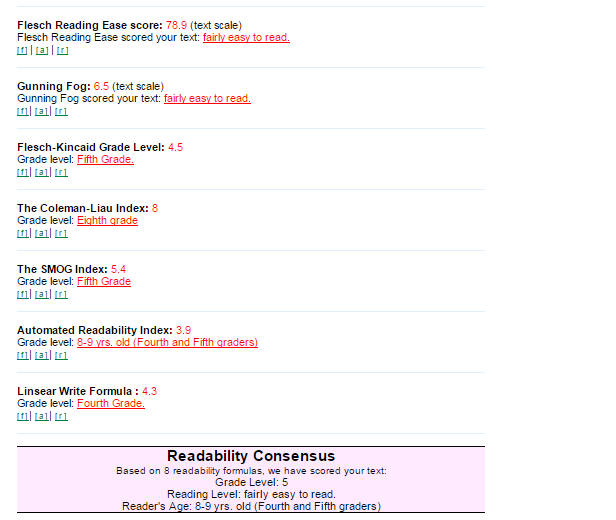 Until the other day, I hadn’t thought much about happy salmon.
Until the other day, I hadn’t thought much about happy salmon.
But that all changed when Adrian Shulock, who works for the Nooksack Salmon Enhancement Association, sent me a delightful email.
After reading my SSIR article on how to spruce up your mission statement, Adrian shared a bit about their mission and the statement that explains it. What I learned was so happy-making, I asked if I could share it publicly. Lucky for us, he said yes!
To be clear: The following is not meant to imply that NSEA should officially change its mission statement. I’m not recommending they edit their by-laws, etc. It is, instead, offered as an objective take at how effectively their mission statement engages those new to the organization. It is food (or chum…couldn’t resist) for thought.
Okay, let’s start by looking at NSEA’s current mission statement. This statement appears loud and proud on their homepage. Its starring role means its job is to make visitors go, “Ohhhh, that’s cool. Tell me more!” Inspiring them to voraciously click their way through the site to learn more.
NSEA is a community-based nonprofit organization dedicated to restoring sustainable wild salmon runs in Whatcom county.
In the plus column for this statement? They focus on ONE THING–restoring sustainable wild salmon runs in Whatcom County. No laundry list here. Huge kudos for that.
In the minus column: the Reading Ease Score on this statement is, alas, zero, meaning it’s almost impossible to understand what they’re saying. People rarely ask questions about things they totally can’t understand (too daunting, they feel dumb). So it’s a conversation-stopper, rather than a conversation-starter.
Also, according to the Wordifier, the statement is packed with words popular with other nonprofits, lowering the chances that it will pique people’s interest. Bummer.
Adrian noticed that the mission statement didn’t exactly blow people’s hair back. So, when people ask what NSEA does, Adrian now says:
NSEA fixes broken creeks so that salmon – and you – can live happy.
This response scores a whopping 81.8 for Reading Ease! This statement does have a few words popular with nonprofits in general. BUT the way in which Adrian combines them makes them interesting. What does a happy salmon look like? How do happy salmon make my life happier? How do you fix broken creeks? All intriguing questions that would propel the conversation forward. Which is exactly what we want.
Again, I’m not necessarily suggesting NSEA officially change its mission statement. That’s a Big Deal that warrants Much Deep Thought & Analysis. I am, however, suggesting that they figure out how engaging their mission statement really is to supporters who would want to fix broken creeks so salmon–and people–can live happy.
For more tips on writing a mission statement that’s as great as your mission, check out this SSIR article. It’s a quick, practical read.
Need help making your communications as awesome as possible? We’re here for you.
Post Readability Stats: Reading Ease 59.7, Grade Level 7.8
 Recently, I started putting Readability Statistics in my posts (like in
Recently, I started putting Readability Statistics in my posts (like in 
